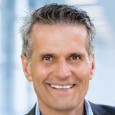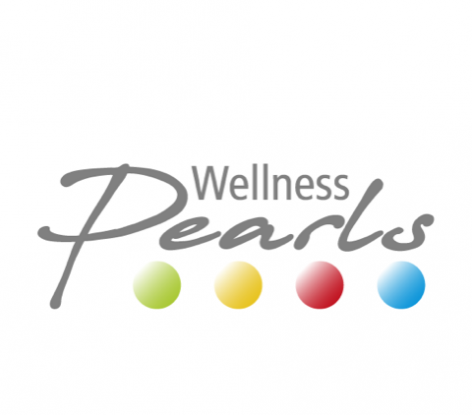Wellness dictionary
Little ABC for your spa-break questions ...
In their treatment discriptions, wellness hotels often use technical terms, which are hard to understand for potential guests. We have therefore collected and defined the most relevant terms in our small wellness ABC. A tip: Our wellness dictionary also supports word requests. You don't need to know the exact wording.
Select letters or search term:
Felke Cure
Who was the "clay pastor" Emanuel Felke?
The Felke-cure owes its name to the pastor Emanuel Felke (1856-1926). This one was also called "Lehmpastor". He was ahead of his time in many ways. He was interested in naturopathy at an early age and studied medicine for a few semesters in addition to theology. Felke became famous when he successfully treated patients with homeopathic remedies during an epidemic of diphtheria at his first pastorate in Cronenberg.
What is the goal of a Felke cure?
Felke studied the treatment methods of Kneipp, Prießnitz, Hahnemann and Paracelsus as well as other personalities of naturopathy and combined them into his unique holistic therapy. Felke's aim was to activate the body's self-healing powers and to strengthen the health-related personal responsibility of his patients.
During his time as a pastor, he founded the first naturopathic institution in Repelen in 1898, where patients were cured according to the "Pastor Felkes' guidelines". They combine light, air, water and earth (clay), movement and rest (rhythm therapy) as well as a predominantly vegetarian diet or therapeutic fasting.
Nowadays, this basic Felke's recipe can be supported by doctors, among others by acupuncture, homeopathy, colon hydrotherapy or lifestyle counseling.
What is the procedure of a Felke-cure?
A Felke-cure starts the day with a morning sit-down rubbing bath, which is carried out outside under supervision if possible. This is immediately followed by a group exercise session.
Traditionally, a hot herbal tea is served between the exercise unit and the gymnastics.
Breakfast is followed by the clay bath, which is taken all year round in heated halls or outdoors in summer. In winter or in the transition period, loam packs are used, for example on joints, the back or abdominal organs. After lunch, it is advisable to take a nap, for which Felke recommended a hay flower pack to stimulate the metabolism.
In addition to a vegetarian diet, a Felke cure also includes therapeutic fasting as recommended by Buchinger.
Particularly frequently diseases, like
- General exhaustion
- Arthrosis and Arthritis
- Spinal complaints
- Venous diseases
- Susceptibility to infections
- metabolic diseases of the liver and pancreas and
- Gastrointestinal diseases
treated with a Felke-cure.
Are there any contraindications?
A Felke-cure is not suitable for severe depressive illnesses, acute cardiovascular diseases (infarcts or strokes) or infectious diseases.
Related topics: Aschner Therapy Colon hydrotherapy Detoxing Nutritional counselling Fasting Clay bath Buchinger fasting cure Kneipp Clay therapy
Dr. med. Matthias Menschel, born in 1965, is a general medical practitioner and naturopathic physician. Since 2000 he has been the head physician at Menschel's Vitalresort in Bad Sobernheim. Buchinger fasting and Felke therapy are the focus of his medical activities. Further treatment focuses are:


